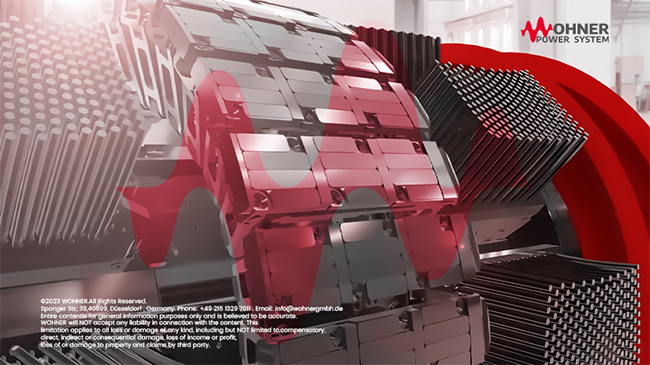
EMAT or Electromagnetic Acoustic Transducer inspection method is effectively creating and using ultrasound for the detection of cracks-stress corrosion cracking without the need for a liquid batch. A secondary advantage of the EMAT technology is that it may detect disbanded coating.
The EMAT technology based on the generation of ultrasonic waves is expanding ultrasonic inspection methods from only liquid lines to gas pipelines. It has distinct benefits that make it the technique of choice for many applications with accurate 360-degree inspection and 100%-line coverage.
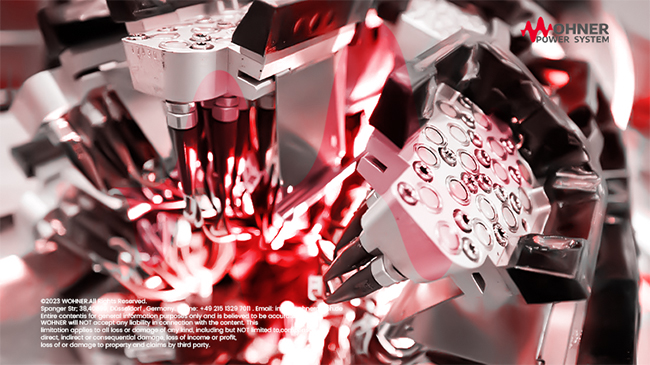
Ultrasonic In-Line Inspection is using an ultrasonic echo signal to measure the pipe wall thickness, detecting any variations from the nominal values.
In intelligent pigging applications, these high-frequency radial signals are emitted by UT transducers perpendicularly to a pipe wall. These signals produce two significant echoes – from the inner surface and the outer surface of a pipe wall. We detect the anomalies through the registered difference between periods of receiving the echo signals from a healthy pipe and pipe wall with metal loss or any inhomogeneity.
Wohner Power System ultrasonic metal loss inspection tools work based on the direct measurement principle to ensure quantitative wall thickness measurements, superior detection, and sizing of metal loss anomalies, laminations, and inclusions.
Our inspection tools have equipped with formation of UT transducers to covering 360° of a pipeline, and thus the measurement system not only measures the remaining pipe wall but also sizing the length and width of anomalies.
UT inspection technology ensures the perfect sizing accuracy and metal loss depth better than any other technology. UT technology, besides sizing and detection of general metal loss anomalies, this is the only technology providing a reliable measurement of mid-wall laminations.
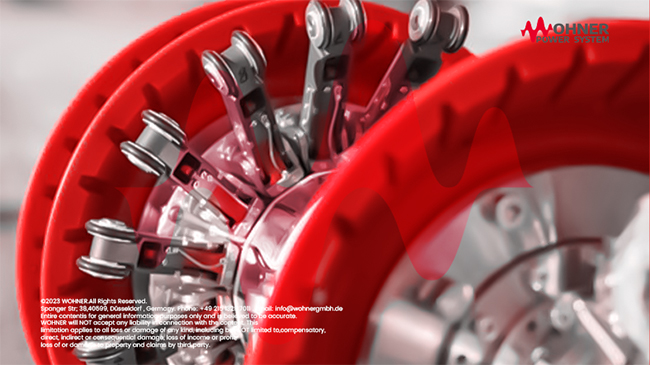
ILI Inspection gives pipeline operators to have best information on the condition of their pipeline systems and develop sufficient maintenance and repair programs. Adopting a proactive approach to addressing integrity threats enables pipeline operators to avoid production and consequential losses caused by pipeline failures.
It is an industry common knowledge that the primary threat to pipeline integrity is corrosion growth and growth of cracking anomalies. However, mechanical deformations can cause accelerated growth of cracking. Geometry features combined with corrosion can be a severe threat to pipeline integrity. These threats are difficult to assess with existing models or practices.
Significant reductions of pipeline circular shape can negatively affect the flow of product and cause excessive consumption of power required for product transportation. It is vitally important to locate such geometry deviations on any pipeline.
Wohner Power System provide geometry inspection services using caliper technology on all pipeline sizes of the oil and gas industry.
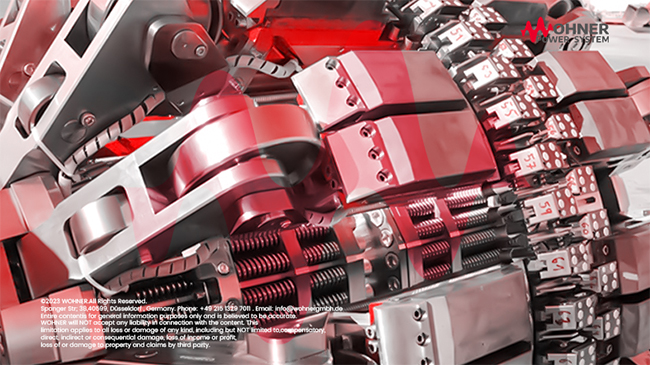
Wohner Power System use MFL tools for detection and sizing of general corrosion and other metal loss anomalies, especially circumferentially oriented. MFL tools have limited capability of detection and sizing of girth weld anomalies.
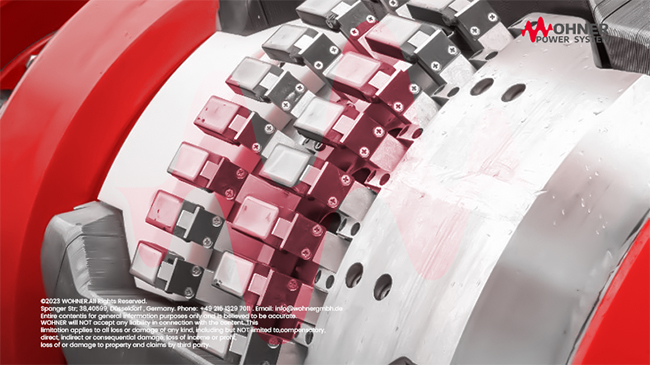
Wohner Power System use TFI tools apply the MFL technology in transverse direction to detect and size longitudinal weld anomalies and narrow axial internal and external corrosion.
Transverse Field Inspection technology is based on magnetic flux leakage. Magnetizer sections installed in the inspection tool induce a flux field in the circumferential direction. The proven design and high magnetization of the TFI tools coupled with an extra-high circumferential resolution provide reliable detection and sizing of narrow longitudinally-oriented metal loss anomalies.
The magnetizer system design ensures detection and sizing of general type metal loss anomalies, as well as conventional MFL tools. Therefore, it is specially developed for the measurement of longitudinally oriented anomalies such as tunnel corrosion, longitudinal weld anomalies.
Wohner Power System run the TFI tools as stand-alone tools. We can combine it with other inspection technologies, such as MFL, UT, geometry, and mapping.
TFI guarantees detection and sizing on some anomalies that conventional axial MFL technology face with difficulties.
The TFI tools can optionally be equipped with IMUs to carry out pipeline mapping simultaneously.
Our TFI has the highest effective resolution, both axial and circumferential, guaranteeing the best sizing accuracy within the natural limitations of magnetic inspection technology.

Reasons for cleaning pipelines: to maintain product transport efficiency, to ensure the purity of the product, and to successfully run In-Line Inspection tools.
Debris and sludge may seriously affect the process by reducing the effective pipeline cross-section. It can lead to a higher consumption of energy required to propel the same amount of product through the same line.
In case a pipeline is not regularly cleaned, the purity of the oil or gas is affected. It may consequently damage the downstream facilities and processes.
Wohner Power System develops specific cleaning programs adapted to particular lines based on the product and debris analysis, vast experience, and best industry practices.
The cleaning operations we perform are tailored to particular project conditions. Our equipment is designed and built to remove specific types of sludge, debris, and dust that can be found in a pipeline.
Wohner Power System provide pre-inspection and routine cleaning teams customized to the pipeline operator. We also clean water pipelines, mining pipelines, and pipelines with all standard products.
Wohner Power System have great experience in cleaning oil pipelines with high wax content using specially developed de-waxing pigs. These pigs are equipped with polyurethane blades, steel scrapers, and other arrangements ensuring effective cutting and removing wax sediments.
We use a range of cleaning pigs with supporting wheels to shift the load from the cups and discs to ensure that the cleaning effect is preserved for the whole run duration.
Wohner Power System use an efficient and economical system to separate dust particles from the gas without interruption of regular operations and even when a pig is in the line.
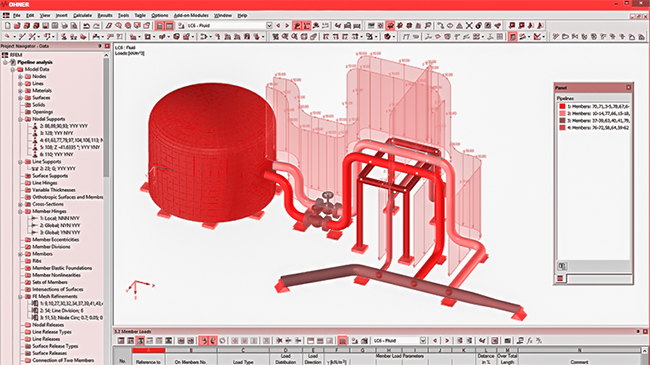
Wohner Power System help companies to manage an integrated approach due to multiple data storage locations used and massive amounts of digital information.
We maintain the pipeline condition to operate safely and economically
Integrating data related to the pipeline’s critical activities could result in a more effective integrity program. Wohner Power System software, with its built-in integration capabilities, achieves this objective and results in a more effective and efficient pipeline network integrity tool management.
It presents all available digital information on your pipeline network comprehensively.
It recommends maintenance optimization.
It visualizes the pipelines routing in 2D or 3D for quick and seamless assessments
With Wohner Power System software, you can quickly integrate into your existing database by using several standards for assessments and you can extend your network life cycle efficiently.
our software in compliance with international standards, utilizes the results of In-line Inspection as a base to evaluate the pipeline integrity by estimated repair factor, safe and more
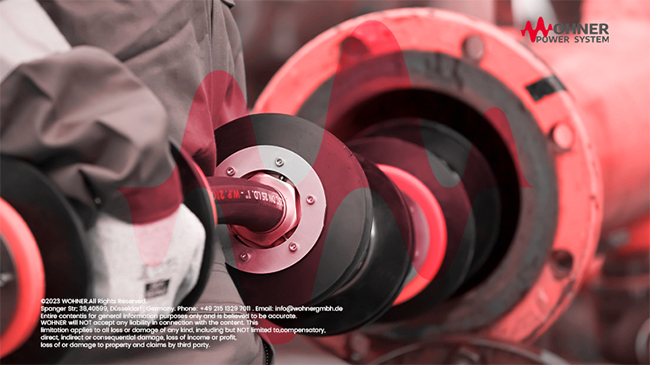
The term ‘unpiggable,’ while having no universally accepted definition, best describes pipelines that are difficult to inspect internally with conventional in-line tools such as smart pigs. There are a number of ways in which a pipeline is characterised as difficult to inspect. These are described below.
The size, or diameter, of the pipe can be restrictive to pigging tools, since most pigs are designed to travel through larger-diameter pipelines (12 inches and above). Some companies now offer pigs specifically for smaller diameters, and this has expanded the inspection options for pipeline operators.
Other physical characteristics that pose challenges to pigging:
• Multi-diameters
• Small diameters with tight bends
• Fabricated (‘mitre’) bends
• Thick- or thin-walled pipe
• Repair sections in a different size
• Over- or under-sized valves.
Bends and connections can cause a pig to get “stuck”.Examples of problematic bends/connections include:
• Back-to-back bends
• Unbarred tees
• Y connections
• Short-radius or mitred bends
• Deadlegs , crossovers and laterals
Recently, pigs have been developed with more agility to help them pilot their way through these configurations.
The flow within a pipeline affects pigging, as without sufficient product flow a pig is more likely to stall or become stuck. The internal cleanliness of the pipe can also cause problems with movement inside the pipe. Companies have developed processes to help with these issues, such as pigs that physically clean the pipe, or chemicals or gels that can be pumped through the pipe for the same purpose.
Below are examples of pipelines with flow or access restrictions:
• Difficulties of access (such as offshore platforms, subsea)
• Low or no flow
• Cleanliness of the pipe
• Pipeline without a pig launcher or receiver.
There must also be sufficient access facilities at each end of a pipeline section in order to launch pigs into the line and retrieve them following a cleaning or inspection run.
Other restrictions on pipelines are related to how the pipeline was constructed, especially in older, longer pipes. There has been some research and development devoted to enabling pigs to travel longer distances and navigate through some of the restrictions listed below:
• Cased road or river crossings
• Bore restrictions
• Steep and vertical sections
• Installations such as plug valves, dead ends, offtakes, etc.
In-line inspection (ILI), such as pigging, is an important process to maintain the integrity of a pipeline. ILI tools are used to survey the pipeline and assess failure risks such as corrosion, blockages or leaks. These inspections can also help uncover important information about the pipeline and fill ‘gaps’ of knowledge.
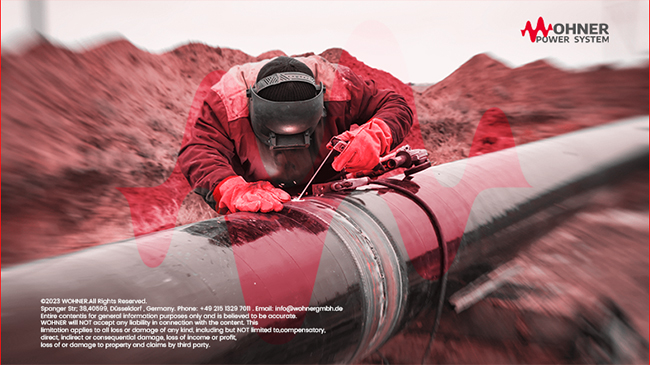
Wohner Power System Group provides integrity maintenance of oil and gas pipelines and a full range of pipeline repair and modification services for offshore or onshore pipelines.
We can do fast-responding repair and maintenance services for every environmental requirement.
Repair and maintenance services can be a wise approach in pipeline emergencies. Using our services, we can prolong the pipeline’s lifetime and significantly reduce repair time without stopping pipeline operations. It is inevitably significant for the client’s convenience to increase pipeline functionality, taking into account the growth of the oil and gas pipeline grid.
Quick Repairs.
We have developed expertise in pipeline repair using carbon fiber technology. It has the resources to carry out the field repairs and reinforce pipe wall strength. This technique ensures keeping MAOP as designed even if the actual pipe wall metal loss reaches 80% of the wall thickness.
Before field application, we carry out the necessary calculations and computer simulations using sophisticated software tools to ensure the reliability of the repair.
Our pipeline repair activities aim at minimum shut down requirements and minimum surface preparation for cost-effectiveness. In addition, we can provide certification and training of application technicians upon client request.
Repair Programs
We present short and long-term repair strategies to maintain and improve the pipeline’s lifetime economically. In addition, we assess the inspection data to identify permanent and temporary repair areas in compliance with the most stringent standards and recommended practices.
Please get in touch if you have a general Question about our services.
1549 ST. Georges Ave Unit 105 , North Vancouver BC Canada
Email: info@wohner.ca
Wohner is dedicated to ensuring optimal equipment availability, ultimately leading to the maximized return on investment for our customers. This commitment is upheld through the presence of localized service teams in every country of operation, along with strategically positioned stores stocked with genuine OEM-approved parts. Our extensively trained teams adhere to the highest standards, and we extend training programs to both our customers and staff to further enhance expertise and efficiency.